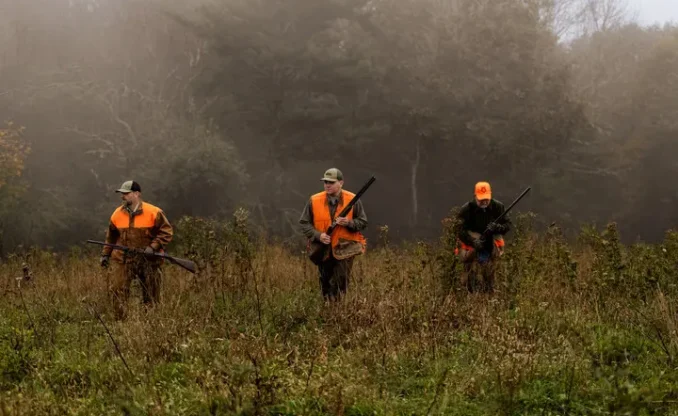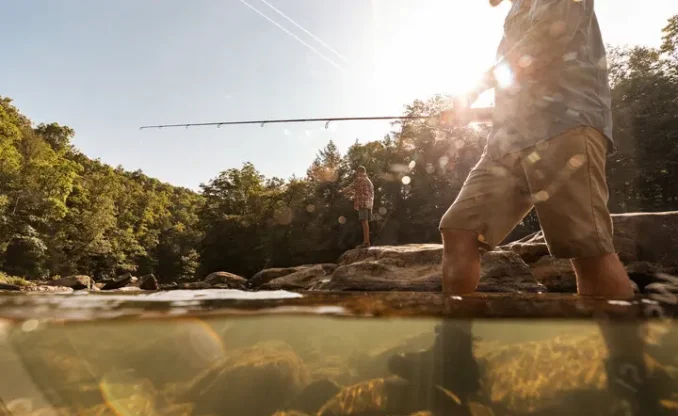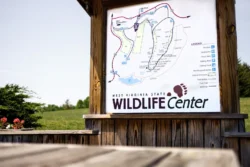Support native wildlife with these simple tips for creating a year-round pollinator habitat on your property.
Did you know that pollinators are responsible for one out of every three bites of food you eat? Sadly, several natural and human-caused factors have contributed to pollinator habitat loss that has made life difficult for many pollinator species. The good news is you can help save these important animals and make a difference in your own backyard by creating a wildflower garden that enhances your property and provides a safe haven for West Virginia’s native pollinators.
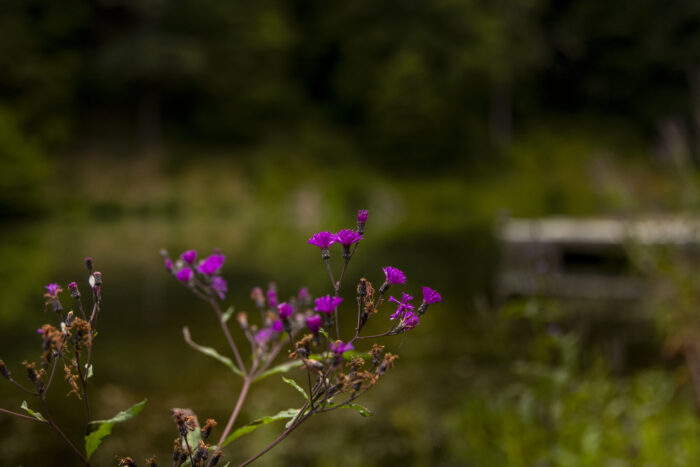
Why Pollinators Matter
In West Virginia, healthy pollinator populations play an important role in supporting the state’s agriculture and ecosystem. For example, blueberries, like many other native plants, completely rely on pollinators for proper pollination. And if blueberry plants aren’t properly pollinated, many birds and mammal species would go without an important source of food and cover.
However, pollinators face growing threats, including habitat loss, pesticide use and competition from invasive species. Flying invertebrates have declined by an estimated 45 percent globally, posing a significant risk to ecosystems that depend on them. One of the best ways you can help stop this decline and support local pollinators is to grow native plants in your garden.
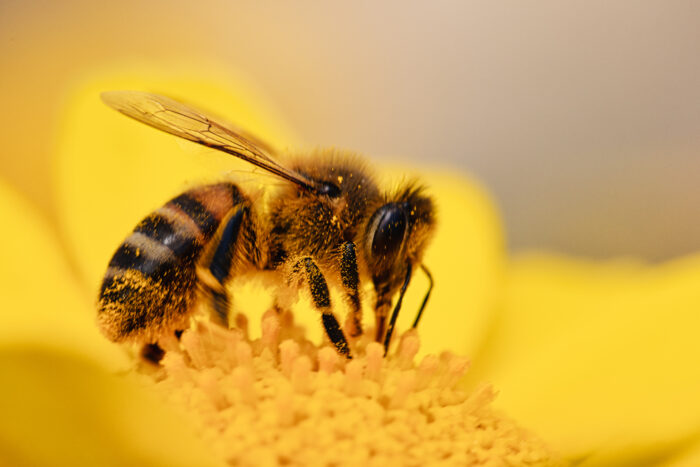
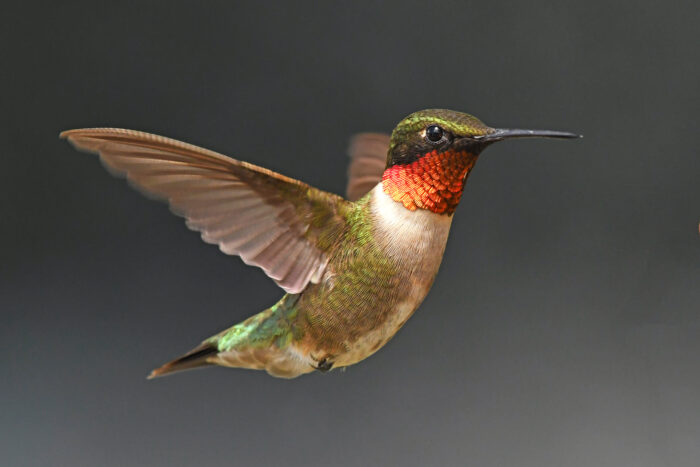
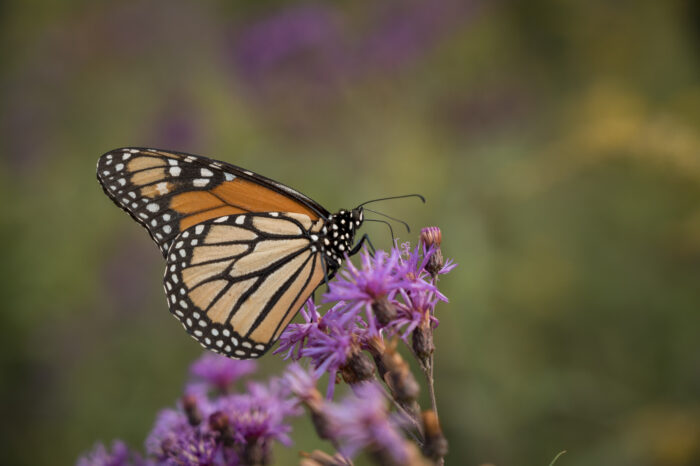
Benefits of Native Plants in Your Garden
Some pollinators forage on many types of flowers, but others depend entirely on specific native plants. This is why planting native plants and flowers in your garden is so important. While native plants support a variety of pollinators and provide a diverse, nutritionally rich food source, non-native plants, such as Butterfly Bush, offer little more than a sugary treat.
If you want to help West Virginia’s pollinator population thrive, consider growing native plants, such as:
- – Butterflyweed Milkweed: Thrives statewide and serves as a host plant for monarch caterpillars.
- – Beardtongues (Penstemon laevigatus or P. digitalis): Provides early-season nectar for bees.
- – Asters (Symphyotrichum laeve): Blooms late into fall, helping pollinators prepare for winter.
In addition to supporting native pollinators, native plants can also improve soil health and water conservation. Since native plants typically have deep root systems, they are more efficient at permeating water into the soil, which enhances water infiltration and makes them ideal for rain gardens and drought-resistant landscapes.
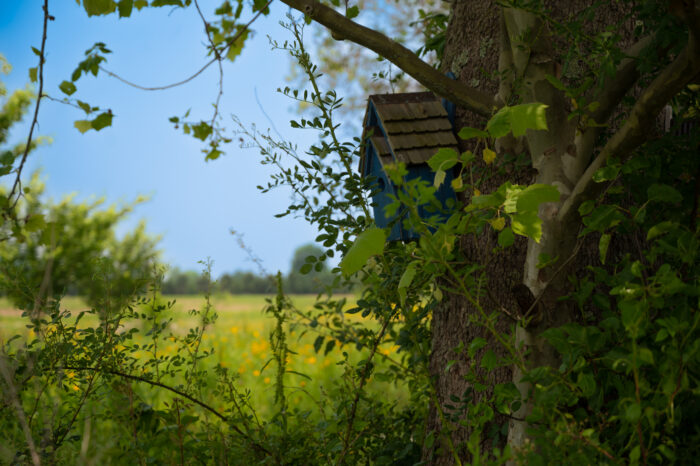
How to Prepare Your Pollinator Garden
Whether you are planting a pollinator garden for the first time or looking for ways to improve the biodiversity in your backyard, you need to consider the area you are working with. When planting pollinator-friendly native plants, consider the following:
- – Shade tolerance: Choose plants suited for full sun, partial shade or full shade.
- – Soil moisture: Match plants to the soil condition of your property, whether dry, moderate or wet.
- – Bloom time: Aim to grow 1-3 plants that bloom at different times throughout the season.
When it comes to tending a pollinator friendly garden, one of the most important things you can do is avoid using neonicotinoid pesticides. While you may desire to eradicate unwanted insects, many pesticides have the unintended outcome of harming pollinators that help keep your plants healthy and thriving. If treatment is necessary, consider using organic or mechanical methods of pest management.
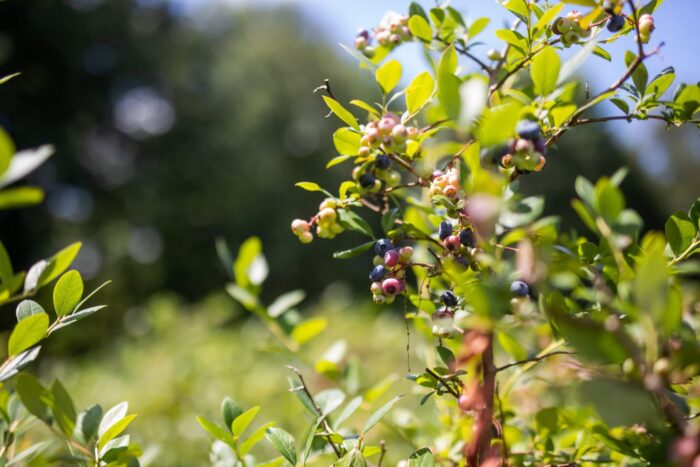
Creating a Pollinator-Friendly Landscape
When planning your pollinator garden, it’s best to think outside the box and consider incorporating additional elements. Here are a few options to consider:
Provide shelter and create nesting areas by leaving brush piles, logs, rock stacks and standing plant stems. A “dead hedge” (a fence-like bundle of branches) offers excellent habitat.
Pollinators prefer rainwater or slightly salty water, so leave out shallow dishes filled with pebbles to collect rainwater and help give pollinators, like bees, a perch to rest on while drinking. Floating plants, like lily pads in ponds, also provide safe drinking spots.
Let wildflowers flourish by mowing less frequently, raising mower heights or by planting a wildflower meadow. Even small changes, like leaving clover in your lawn, will benefit pollinators.
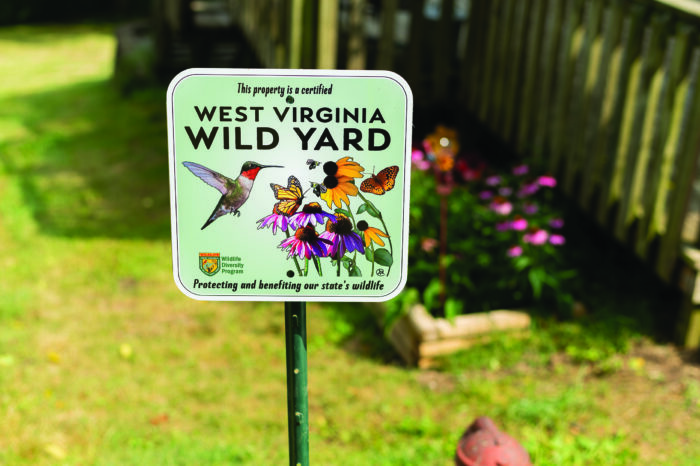
Take Action to Support Native Pollinators
Help West Virginia’s pollinators thrive by planting gardens with native plants that nurture the land and its wildlife. You can start this spring by planting native transplants on your property. If the fall fits your timetable better, make plans to plant wildflower seeds. And if you want to take your garden to the next level, get your yard certified through the WVDNR’ Wild Yards Program and make your property a sanctuary for West Virginia’s native pollinators.

